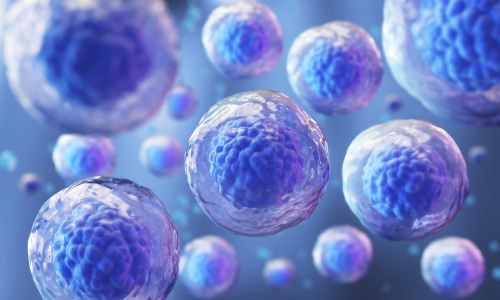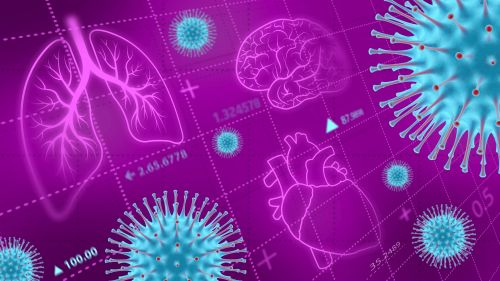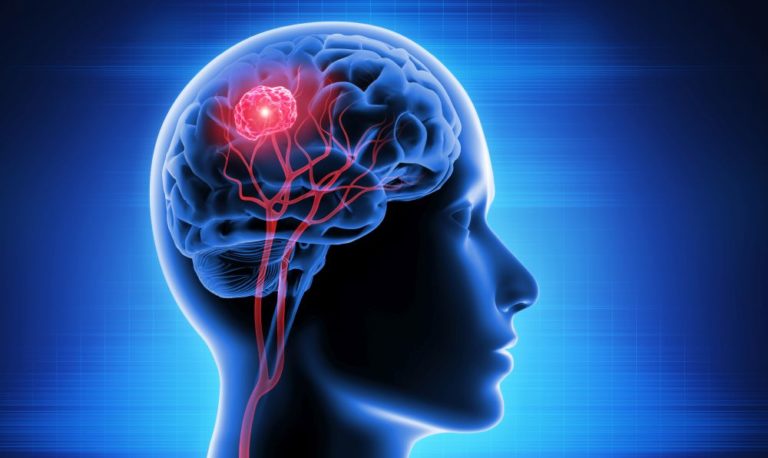The mRNA Revolution is Coming
https://www.embs.org/pulse/wp-content/uploads/sites/13/2022/01/Bates-Cover-iStock-1301531637.jpeg
2309
1299
IEEE Pulse
//www.embs.org/pulse/wp-content/uploads/sites/13/2024/03/ieee-pulse-logo-dsktp2x.png
A bright spot during this COVID-19 pandemic has been the rapid development of effective vaccines that work by harnessing the power of messenger RNA, or mRNA. mRNA vaccines might seem like a relatively new idea, but researchers have been working on the technology behind them for decades. Now, the success of Moderna and Pfizer’s coronavirus vaccines are highlighting the immense potential for mRNA therapies—not just for infectious diseases, but also to treat cancer and genetic disorders.
read more











